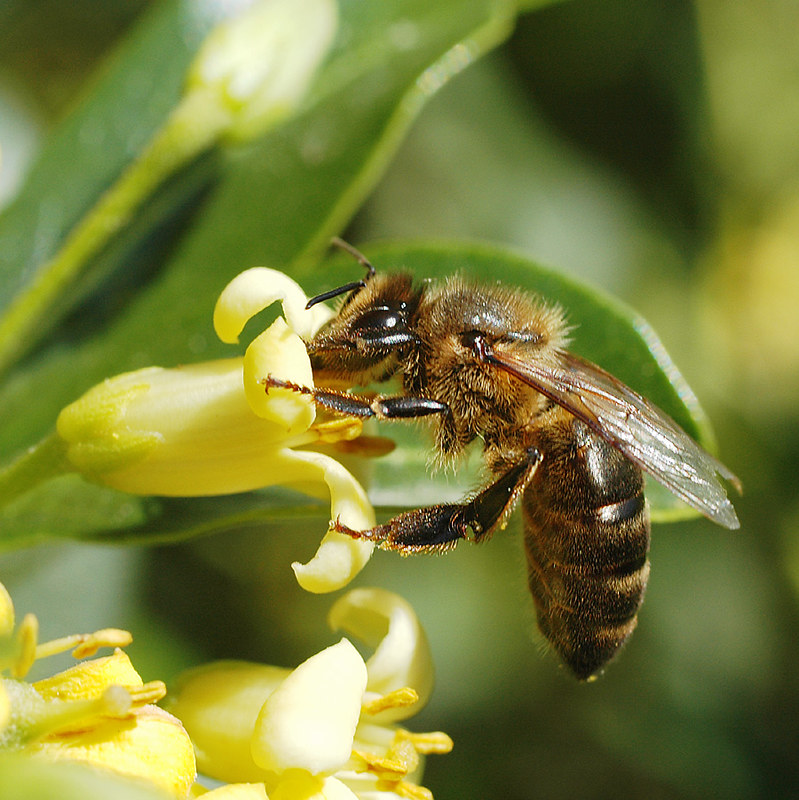How is honey produced?
A brief summary of beekeeping and bees, and their respective roles in the cycle of nature.

The symbiosis of beekeepers and their bees.
Bees and beekeepers have a mutually beneficial relationship, the beekeeper provides the bee colony with a home safe from pests and treated against parasites and disease. They assure the hives prosperity by moving the colonies to new foraging grounds following the seasons floral progression, ensuring that the queen bee is strong enough to continue to produce a sufficient number of workers to fulfill the hives needs and carry the colony through the harsher periods of the year when forage may be scarce or hard to come by.
In return, the bee produces honey. This is found in one of two sources, floral nectar or honeydew.
Pollinisation.
A symbiosis exists also between the flower and the bee, the flower produces a sugary secretion known as nectar which the bee collects, in doing so it pollinates the flower, meaning the transfer of pollen grains from male flowers to female flowers allowing reproduction.
The transformation of nectar (or honeydew) into Honey.
The bee collects nectar and returns it to the hive, through a process or regurgitation, dehydration and reaction of the nectar with enzymes within the bees body, the nectar is turned into honey and stored in specially prepared beeswax formations called honeycombs. A similar process occurs with the collection of honeydew, though instead of a plant byproduct the honeydew is found in the secretions of aphids as they feed on sap.


-Honeydew on a leaf -A bee collects nectar
This honey is extracted from the honey combs by the beekeeper, separated from the beeswax and placed into pots for human consumption.

